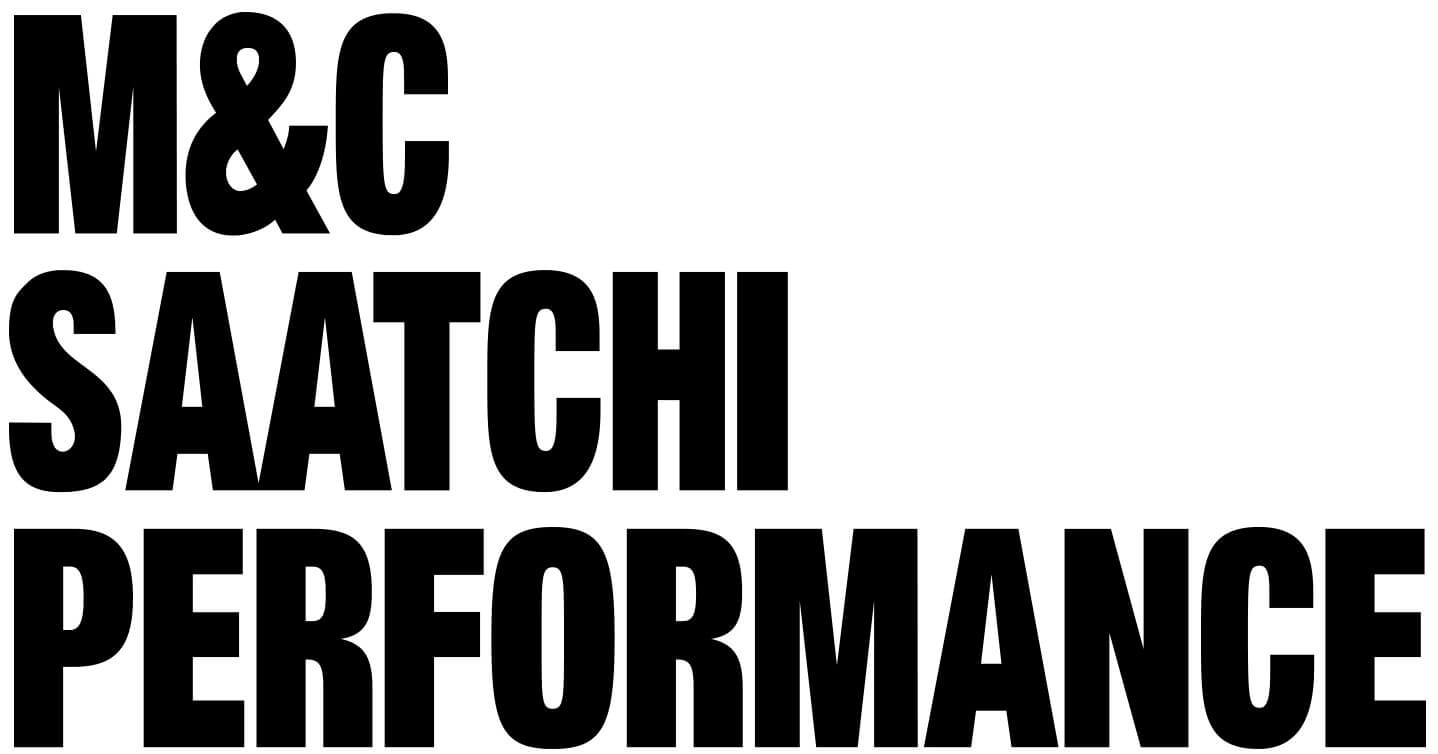If there’s one thing marketers don’t need, it’s another measurement dashboard.
“Death by dashboard is real,” said Dane Buchanan, chief data and analytics officer at performance agency M&C Saatchi.
But not only is “a plethora of measurement approaches” overwhelming clients, he said – from media mix modeling and geo-lift testing for incrementality to brand lift studies and last-touch attribution – measurement is also getting more difficult because of privacy changes.
Google may not have deprecated third-party cookies in Chrome, but there’s been a privacy vibe shift nonetheless, and marketers need to make sure they’re prepared for whatever comes, Buchanan said.
“We obviously don’t want it to be the case that a tech giant can decide at any moment to pull out the rug from under you in terms of how you’re able to judge media performance,” he said. “Marketers need consistent measurement of their media regardless of privacy regulations or platforms.”
And so M&C Saatchi built an in-house unified measurement solution, called OneView, which it released in June. The tool combines MMM, geo-lift testing and attribution into a single system and uses AI to spot patterns and generate insights so marketers don’t have to juggle multiple disconnected data sources.
Buchanan gave me a quick rundown on how OneView works and why M&C Saatchi felt compelled to build its own solution.
AdExchanger: Before we get into how OneView works, why did you guys decide to develop an in-house measurement product? There are lots of independent measurement and attribution solutions out there already, like Rockerbox, Triple Whale, Northbeam and Lifesight, just to name a few.
DANE BUCHANAN: The key thing that’s been missing from our perspective is commerciality, by which I mean making sure measurement results are actually useful for making business decisions.
We took a look at what was out there and found that measurement was moving into two camps: consultancies, like Analytic Partners and Ekimetrics, and data science-driven companies like the ones you mentioned.
The consultancies have the commerciality aspect covered, but they were lacking speed, and the data science folks have speed, but they lack commerciality, which is why we were noticing a lot of churn with these companies.
AdExchanger Daily
Get our editors’ roundup delivered to your inbox every weekday.
Daily Roundup
I won’t name names, but we’d have clients come to us saying, “We tried X platform for three months and we didn’t like it, so now we’re trying Y platform.” But when it comes to media mix modeling, you typically don’t see returns for at least a year. One of the reasons clients weren’t giving these platforms a chance is because they weren’t getting that element of hand-holding they needed to understand their results and make them actionable.
Why do you think we’ve seen a sort of MMM renaissance over the past couple of years?
There are a few factors, but privacy is what kickstarted it. Apple had ATT and Google was trying to deprecate third-party cookies, and MMM doesn’t need user-level data.
But, privacy aside, people also started to relook at the benefits of MMM in terms of cross channel and the fragmentation of the media ecosystem. Even hardcore digital people who never considered anything other than attribution could see they needed an approach that would take offline into account.
I started my career in 2010 specifically as an MMM practitioner, and the way the industry was moving – the general shift toward data-driven attribution – I never thought I’d be at this point in my career and MMM would be back in style, but here we are.
OneView triangulates MMM, attribution and geo-testing. That’s what it says on the tin. How does that work in practice?
MMM is the core. It’s essentially an always-on incrementality solution, so not pure causation or pure correlation. MMM is actually a stronger signal than correlation, because it’s multivariate. It takes a lot of different variables into account, like seasonality, spend and sales volume, for example.
Meanwhile, there’s statistical significance to saying something is incremental, but you also need to verify it with testing. And in a privacy-first world where you can only use aggregate data, geo-testing is the gold standard. It’s the easiest companion for MMM, because the results that come out of geo-testing can be very quickly aligned and confirmed with your model, although I think of geo-testing more as a calibrator than a validator.
So, MMM helps you set your cross-channel mix and tells you where to invest. And then attribution helps you understand what ads or tactics are best so you can figure out how to allocate your budget within a given channel.
Where does AI come into it?
Platforms like Meta have their own AI tools, like Advantage+, and we dabble in terms of overlaying our own AI models on top of that. And then, on the programmatic side, we develop custom algorithms that we can deploy on The Trade Desk and other DSPs to maximize the effectiveness of a budget when the MMM is telling us to allocate toward a specific channel.
We also have our own AI-powered agent that was inspired by the best of what the open-source market has to offer, like Meta’s Robyn and Google’s Meridian – but we don’t let the AI run rampant. Our human analysts build with the model, and the model tells the analyst why it’s doing what it’s doing, why it made certain decisions, what data is going in, what data isn’t going in and what transformations are on the data.
They’re sort of challenging each other as they go along, which, we feel, delivers a better model all around for the client.
I know it’s old news by now, but what was the first thought that popped into your head when Google announced that it wasn’t deprecating third-party cookies in Chrome anymore?
I can’t say I was shocked, but as an advocate of incrementality testing and measurement, at least it got people to move beyond just relying on old attribution methods. Even though Google didn’t do it, it’s been nice to see the market move in this direction.
Answers have been lightly edited and condensed.
🙏 Thanks for reading! Did you know there’s a new unit of measurement on the block and it’s purr-fect? As always, feel free to drop me a line at allison@adexchanger.com with any comments or feedback.















